Race Face Next R Crankset
| Where To Buy | |||
|---|---|---|---|
Free shipping on orders over $50 (continental U.S. only).
International shipping available. Some exclusions apply. |
Free shipping on orders over $50 (continental U.S. only).
International shipping available. Some exclusions apply. $169.00
|
||
Free shipping on orders over $50 (continental U.S. only).
International shipping available. Some exclusions apply. |
Free shipping on orders over $50 (continental U.S. only).
International shipping available. Some exclusions apply. $429.99
|
||
Race Face Next R Crank Arms
$429.99
|
|||
Race Face Next SL Crank Arms
$449.99
|
|||
Free Delivery on purchases over £20.
|
Free Delivery on purchases over £20.
£79.95
|
||

Race Face has over the past couple of years been busy expanding their lineup of cranks to the point where they have an option available for any riding style and any budget. However, that is not to say that there isn’t room for something more – and for 2017, that something is the R family of components. In case you wonder what the R stands for, it’s rally. And rally, as we all know, translates to riding your bike. Slotting into the range in between the ultra-light Next and the DH-rated SixC product families, the Next R carbon cranks aim to combine the best of two worlds in a package that should be up for pretty much any kind of abuse while staying close to best-in-category weight. Read on to find out what that all translates to on the trail.
Race Face Next R Highlights
- Manufactured from UD Carbon with matte clear coat
- SixC G2 Pedal Insert
- 7050 Spindle
- Lengths: 170, 175mm
- BB Options: BB92, 68/73 BSA, 100mm BSA, PF30
- Weight: 497g (32T ring, no BB, verified)
- Ring Configurations: Direct Mount, 64/104mm
- Color: Black
- MSRP: $479.99 (crankarms only) // $549.99 (with direct mount ring)
Initial Impressions
A lot of the time, carbon products can appear a bit “delicate”, for lack of a better word. Not so with the Next R cranks. The matte finish and the hefty profile of the crank arms conspire to create a product that shouts “shred me” when you pull it from the box, and the factory installed, thick protective film on the crank arms shows that this product was meant to be both used and abused. The massive, 30mm spindle further underlines this first impression, which made us do a double take (and reset our scales just to be sure) when the crankset weighed in at a mere 497 grams with a 32T chainring.


The Next R uses Race Face’s Cinch technology, which is a highly modular system that allows you to fairly easily swap out chain rings and move between different axle lengths (various BB options also exists, make sure to specify the correct one for your particular setup). As for Boost, Race Face says their direct mount chain ring is "compatible with both standard and boost chainlines", but they do offer a specific Boost version of the 2x spider if you go down that route. The direct mount chain ring can also be flipped to accommodate a wider chain line if need be. The system uses a splined crank arm-to-spindle interface and a self-extracting bolt that holds it all together, with an adjustable preload ring on the non-drive side that takes up any slack in the system after installation. We took delivery of a direct mount version, but the same crank arm can be converted to a 4-bolt spider if need be. The chain ring (or the aforementioned spider) also attaches via a splined interface and a large, thin lock ring (compatible with a standard splined bottom bracket tool) holds it in place.


The Next R features the “G2 Pedal Insert” from the SixC line, which is a beefed-up pedal insert that gives the cranks more strength in this critical area. This also means you should be OK to run these without those little rubber crank boots to protect the ends if you so wish.

On The Trail
Installing a Cinch crank is pretty straightforward. Identify the correct number of spacers needed for your particular setup, press in the BB, then back off the preload ring as far out as it will go. Now push the crank arm and spindle through from the non-drive side, slide the other crank arm onto the splined interface, and tighten down to spec with an 8mm allen. The crank arm should bottom out on the spindle before each crank arm is snug against the BB bearing, you then use the adjustable preload ring to take up the slack. You only need to use finger force to get it snug enough to prevent any side to side movement of the crank, any more and you can create too much lateral pressure on the bearings which will cause drag and shorten the bearing lifespan. Lock the ring in place using the tiny allen bolt, but be careful not to overdo it - this part is notoriously fragile.

Once on the trail, there is not much to a crank – if it works as it should. That means, it should be stiff enough to transmit power from the pedals and not flex under heavy loads or impacts, and the different interfaces should be secure enough to not work themselves loose over time. Of course, you want the BB to remain silent and creak-free, and for the cranks to spin freely for as long as possible. We are happy to report that after three months on the trail, the Next R ticks all these boxes.

Previous experience with Cinch cranks of various sorts have sometimes revealed a tendency for the main crank arm bolt to work itself loose over time, but so far, this has not materialized on the Next R. It is always good practice to check the various components of your bike regularly anyway, and that includes keeping an eye on your cranks.

With the increasing popularity of the single-ring transmission, 1x-specific “narrow-wide” chain rings are the new norm. The Race Face Cinch chain ring supplied with the Next R crankset was tested both with and without a chain guide, and we found it to be just satisfactory in terms of chain retention without a guide. There are a couple of better options out there when it comes to outright chain retention, but once we added a guide to the Race Face setup it was smooth sailing and no dropped chains from there on in.

As with all things carbon, this review would not be complete without talking about price. Yes, $550 is a lot of money for a crankset, especially given that you can easily score a very good aluminum option for less than half that price. However, this is absolutely in line with competition right across the board, so you know you’re not necessarily overpaying for the Next R. Additionally, if you choose the right product, we feel that the crank is actually an area of the bike where carbon sort of makes sense, as it seems to be quite possible to lay up a very durable product, at least on the enduro and DH side of the weight equation. Carbon certainly offers a non-negligible weight saving here on the Next R – on average, at least 200 grams over a high-end alloy crank. The old $1 per gram saved in full effect, once again. Knowing that the product is as future-proof as can be thanks to the modular Cinch design also helps take the sting out of the expense.
Things That Could Be Improved
As we previously alluded to, the chain retention capabilities of the Race Face Narrow Wide chain ring are strictly average. Running this chain ring without a guide saw us drop our chain more frequently than with the best-in-class products out there. Other than that, the Next R crankset has put in a fine showing in this test.
Long Term Durability
We’ve done our best to give the Next R crankset a hard time on the trail over the past three months, with no real wear and tear to show for our efforts.Aesthetically, a bit of dirt is starting to creep in around the edges of the protective film, which gives it a slightly scruffy look, but that issue appears to be purely cosmetic at this point. The cranks spin like they did when new, and have remained silent and creak-free so far. We’ve not used any crank boots, and although we’ve had a few close encounters of the rocky kind, there is barely a scuff on the end of the crank arms. The chain ring is resisting wear equally well at this point. We’ll keep an eye on performance as winter approaches and things get a bit wetter, but so far, all signs point to excellent longevity.

What’s The Bottom Line?
Race Face has been one of the front runners in the carbon crankset market for quite some time already, with their Next SL G4 crankset among the leaders in the lightweight race and their SixC cranks one of the most highly regarded options for heavy duty gravity applications. Recognizing that there is probably a need out there for a product that combines the best of those two worlds, the Next R lands right in the sweet spot in terms of weight-to-strength ratio. As always, whether or not the benefits of the carbon club are worth the cost of admission is for every rider to decide for themselves, but if you do decide to apply for membership, the Next R certainly has what it takes to help you get past the doorman.
More information at: www.raceface.com.
About The Reviewer
Johan Hjord loves bikes, which strangely doesn’t make him any better at riding them. After many years spent practicing falling off cliffs with his snowboard, he took up mountain biking in 2005. Ever since, he’s mostly been riding bikes with too much suspension travel to cover up his many flaws as a rider. His 200-pound body weight coupled with unique skill for poor line choice and clumsy landings make him an expert on durability - if parts survive Johan, they’re pretty much okay for anybody. Johan rides flat pedals with a riding style that he describes as "none" (when in actuality he rips!). Having found most trail features to be not to his liking, Johan uses much of his spare time building his own. Johan’s other accomplishments include surviving this far and helping keep the Vital Media Machine’s stoke dial firmly on 11.
Photos by Johan Hjord and Nils Hjord
Specifications
Cinch removable spider: 2x 104/64mm BCD (Boost option available), 120/80mm BCD
| Where To Buy | |||
|---|---|---|---|
Free shipping on orders over $50 (continental U.S. only).
International shipping available. Some exclusions apply. |
Free shipping on orders over $50 (continental U.S. only).
International shipping available. Some exclusions apply. $169.00
|
||
Free shipping on orders over $50 (continental U.S. only).
International shipping available. Some exclusions apply. |
Free shipping on orders over $50 (continental U.S. only).
International shipping available. Some exclusions apply. $429.99
|
||
Race Face Next R Crank Arms
$429.99
|
|||
Race Face Next SL Crank Arms
$449.99
|
|||
Free Delivery on purchases over £20.
|
Free Delivery on purchases over £20.
£79.95
|
||


















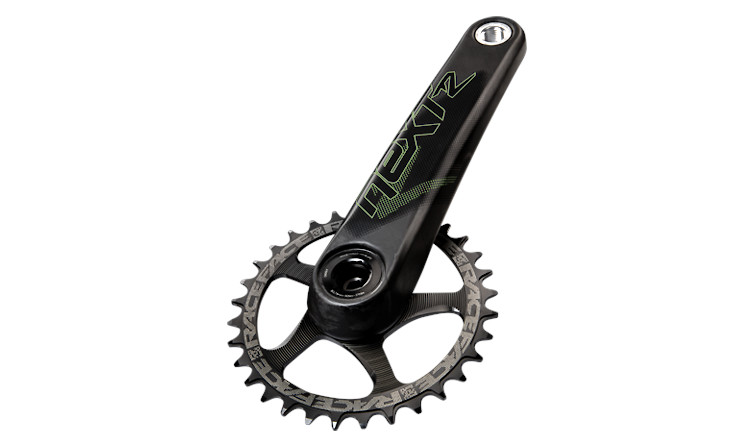

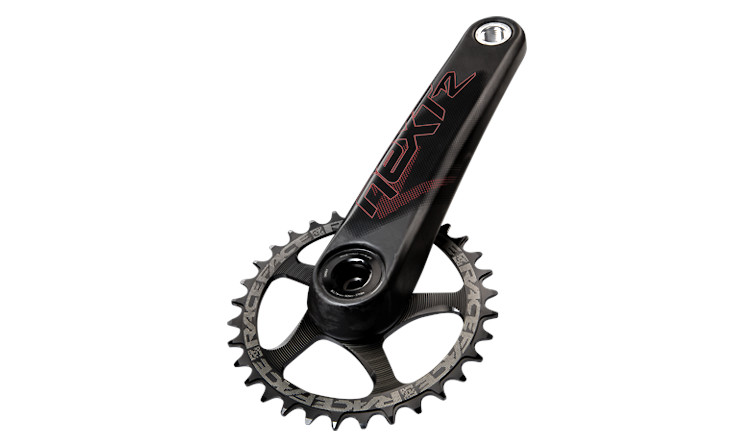

















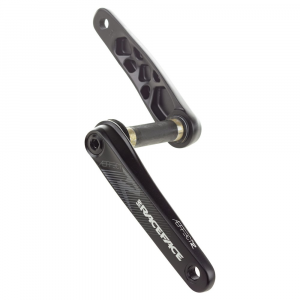

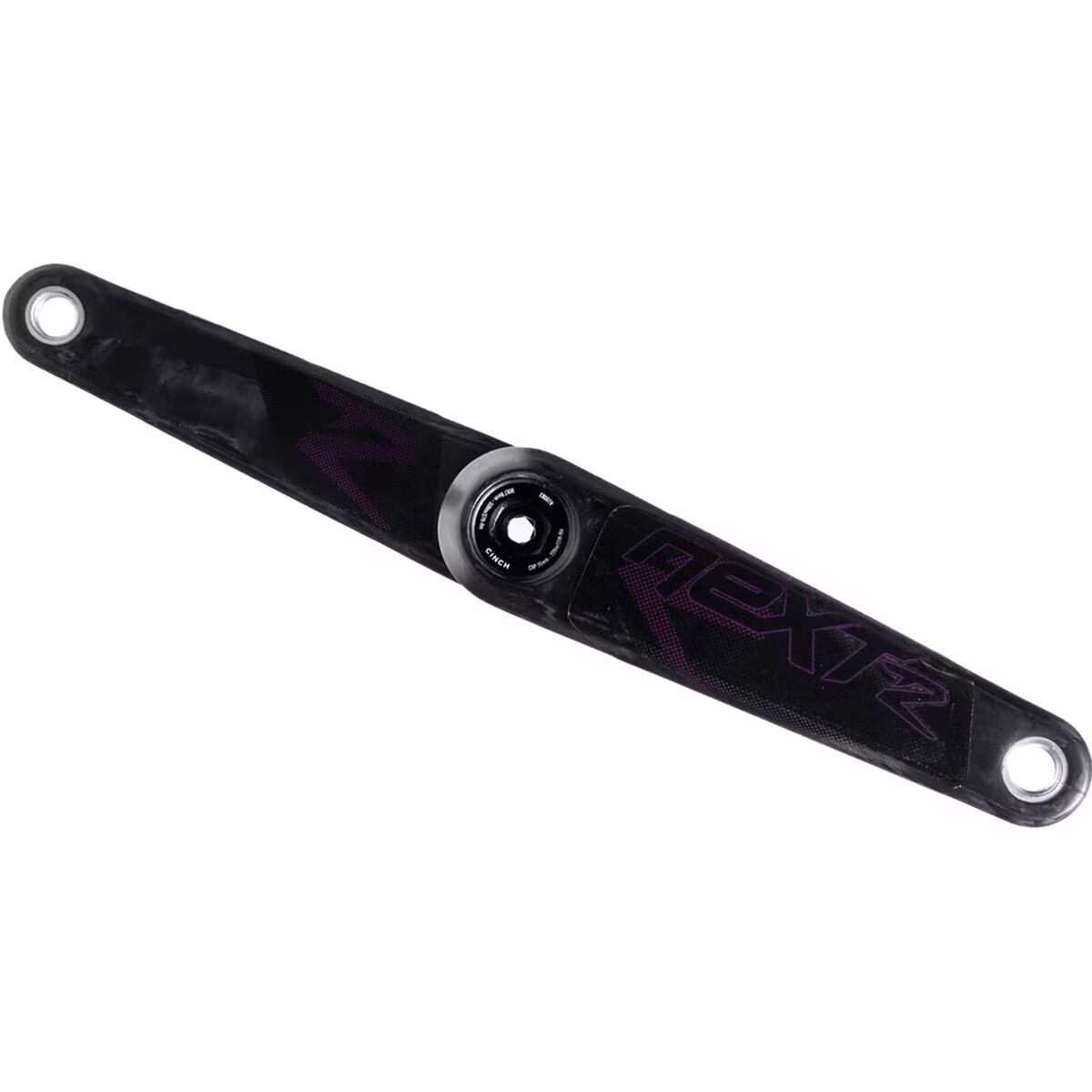

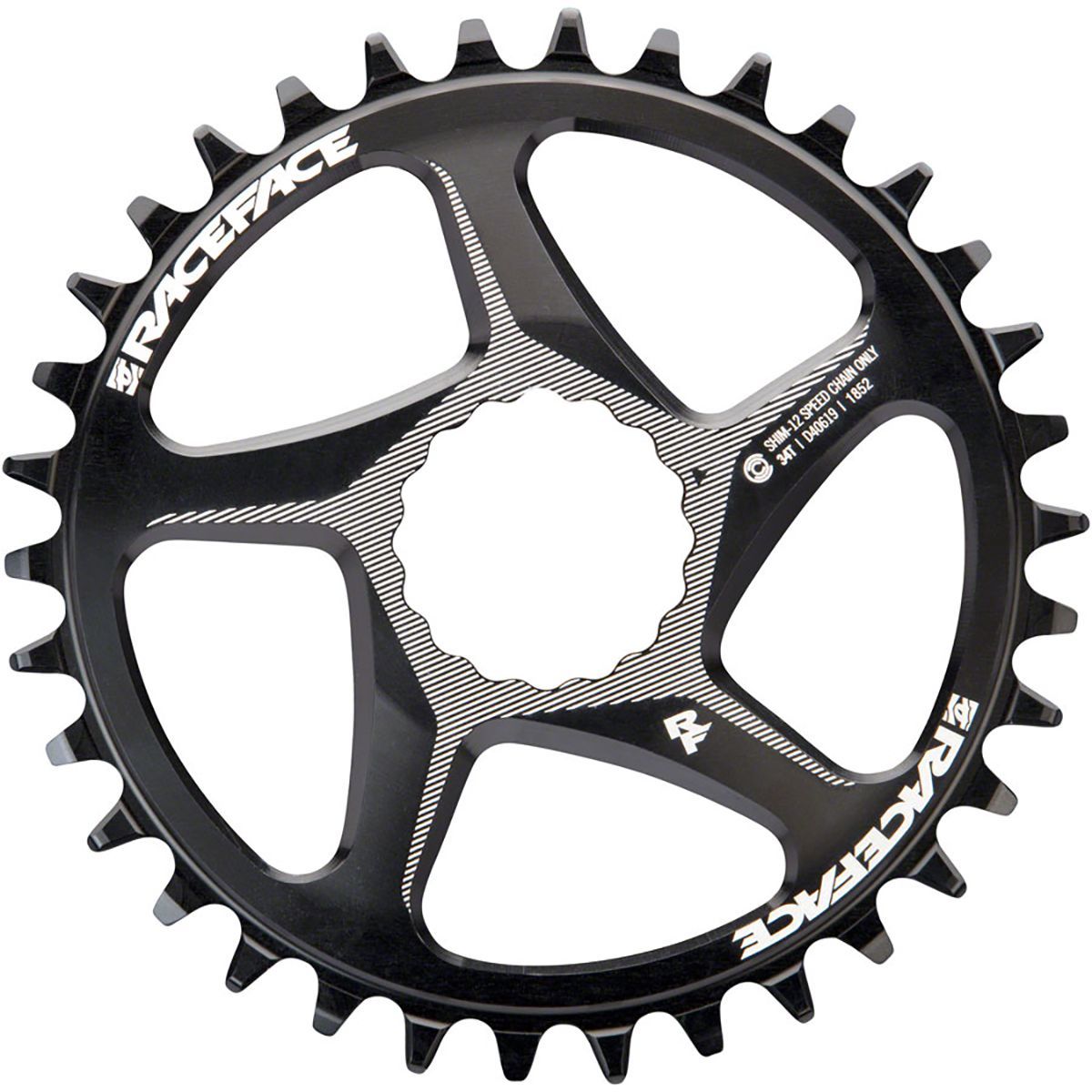





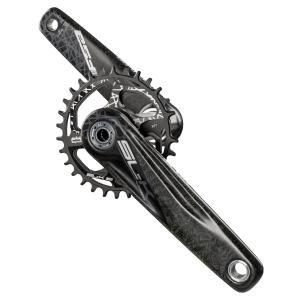


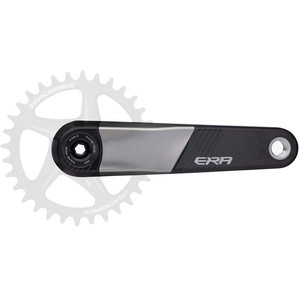









3 comments
Post a reply to: Tested: Race Face Next R Carbon Crank